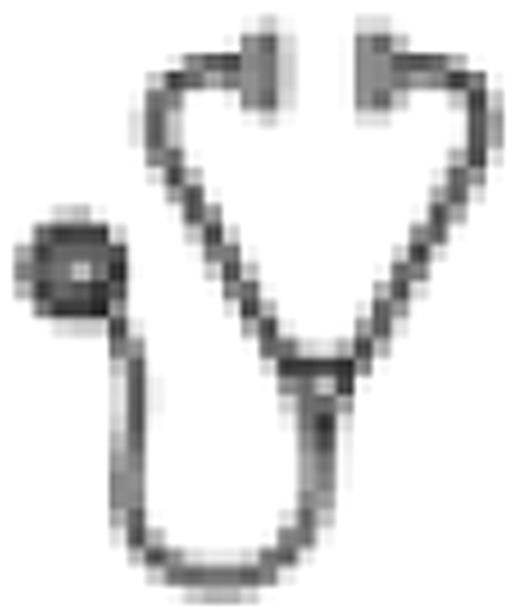Abstract
Abstract 2479
Older patients with AML have a worse prognosis compared to young patients. This is partly due to increased incidence of high risk cytogenetic changes and prior hematological disorders; however, the outcome of de novo, normal cytogenetics AML is still worse in older patients, implying distinct pathogenic mechanisms. In order to elucidate further this pathogenesis we used 250K single nucleotide polymorphisms (SNP) Chip arrays to study genomic changes in 49 normal cytogenetics AML patients: 24 old (360 years old) and 25 young (<60 years old). SNP Chip data was analyzed using the CNAG 2.0 software and genomic changes allocated with the UCSC genome browser. Overall, older patients had more genomic changes, (1.83±0.23 per patient) compared to young patients (1.12±0.2 per patient), p=0.02. Chromosomal changes in old and young patients included: losses in 11 and 12, gains in 11 and 7 and CNN-LOH in 11 and 5, respectively (p=1.0, 0.24 and 0.07). Recurrent changes included CNN-LOH of chromosomes 13q (young-2, old-2), 1p (young-1, old-2), 6p (old-2) and 11q (young-1, old-1). While most patients with recurrent CNN-LOH harbored recognized molecular changes including FLT3-ITD in 13q and CBL mutations in 11q, the smallest common region of LOH in 1p and 6p cases did not contain known recurrent molecular lesions. Selected gene targets in the 1p CNN-LOH common region include FGR, RUNX3 and PINK1 and in the 6p CNN-LOH common region DDR1 and RREB1. A higher rate of CNN-LOH occurred in patients with FLT3-ITD; 69% of patients with FLT3-ITD had CNN-LOH compared with 35% of patients without FLT3-ITD, p=0.05. This was mainly explained by a higher rate of CNN-LOH in young patients with FLT3-ITD (100%) compared to young patients without FLT3-ITD (40%), p=0.039. Other molecular changes including FLT3-TKD, NPM and CEBPA mutations and MLL-PTD were not significantly associated with specific genomic changes. The median overall survival (OS) of young patients was not reached compared with 324 days in older patients (p=0.05) and the median EFS was 807 and 324 days in young and older patients, respectively (p=0.2). OS and EFS rates were worse in patients with CNN-LOH compared to patients without CNN-LOH, p=0.025 and 0.037, respectively. CNN-LOH remained an adverse factor for OS and EFS in young patients (p=0.02 for both) but not in older patients (p=0.6 and 0.7). 1p CNN-LOH was found in 6% patients in our cohort compared with a lower incidence of approximately 1% in prior reports that analyzed only young AML patients (Bullinger et al, Leukemia 2010;24:438–449). Although case number was low, a trend was noted for a worse OS of patients with 1p UPD (p=0.059).
In summary, we found a higher rate of genomic changes in old compared with young patients with AML, in particular CNN-LOH. This may suggest an underlying genomic instability that is more prevalent in old patients and may contribute to their worse outcome.
No relevant conflicts of interest to declare.

This icon denotes an abstract that is clinically relevant.
Author notes
Asterisk with author names denotes non-ASH members.

This feature is available to Subscribers Only
Sign In or Create an Account Close Modal